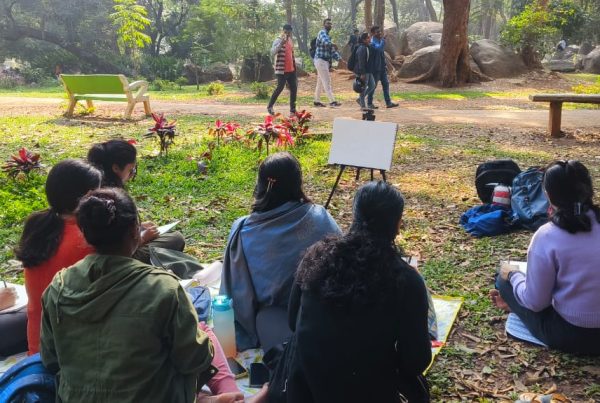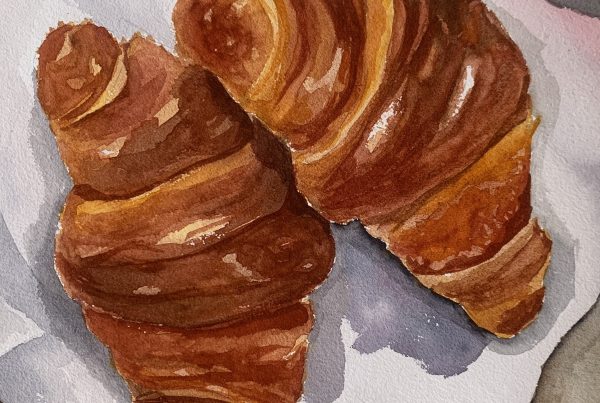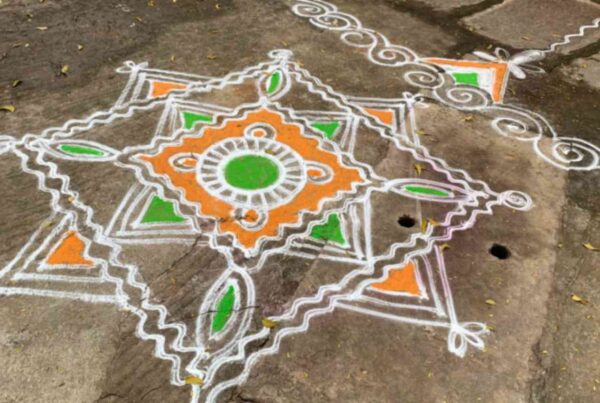Texture in art is one of the seven elements of art. Texture in art is used to describe when the piece of art is touched, how the three-dimensional work would feel. The Visual ‘feel’ of a piece may be referred to as the painting in a two-dimensional work.
Artists use texture in art so that they could add dimension to a piece and even it would help to tell a story. As it would be more exciting and enjoyable if you would be able to feel the artwork. Artwork can be made more interesting if you could use texture.
Texture in the art would evoke different feelings in a human being like pleasure, discomfort or familiarity. And for the people who view their work, this knowledge of texture is then used by the artist to elicit emotional responses. And the texture is an element that would act as a fundamental element in many pieces of art.
Let’s learn about the different types of texture in art.
Types of texture in art:
Actual or Tactile texture: To add a real texture to the artwork, some of the artists use a variety of materials. And therefore, it is known as the actual texture or the tactile texture, as this texture could be felt when you touch it.
As to make the surface of the painting feel rough, an artist may add heavy layers of paint or sand to the painting. The tactile texture example could be a collage. Even the sculpture which could be made of several different materials often can have a great deal of actual texture.
Simulated Texture: When the artist wants to draw the visual effects of texture without actually adding it is called simulated texture. And for example, a texture can be made to look like something else on the canvas other than the paint on a curved surface.
Abstract texture: When the concept of the object is translated to other textual patterns as the abstract texture does not directly represent the object with which it has a connection.
Invented Texture: It is a creative way as an artist can create an interesting by the addition of alternate materials, and this is called invented texture.
Needle texture: To form a texture image, small, distinct lines of colour are applied in patterns creatively, it is known as needle texture.
Texture in three-dimensional art:
You would not find a piece of sculpture or pottery that does not include texture, and three-dimensional artwork would rely on texture. And primarily, the texture in the art would depend on the materials being used.
To set the foundation of the work, the materials that may be used are marble, bronze, clay, metal or wood. And as an artist would be developing a piece of work, more texture could be added through technique.
And even texture can be used in different patterns like the series of intersecting diagonal lines, that would give a basket weave look to the surface. And to imitate the texture of wood grain, a concentric, irregular ellipses maybe used.
Even a the contrast of texture may be used by the artist for a three-dimensional look. As one element of an artwork may be rough and mangled while another element may be smooth as glass.
Texture in two-dimensional art:
Texture may be either real or implied when the artist would be working on a two-dimensional medium. As photographers, when creating art would always be working with the reality of texture. Yet, with the manipulation of light and angle, they can enhance or downplay the reality of texture in art.
With the use of brushstroke lines as seen in cross-hatching, the artist can often imply the texture in painting, drawing and printmaking. The texture can be very real and dynamic.
When you would be working with the impact painting technique or with collage. Artists can play with the texture in art, as they could manipulate the mediums and materials used.
Sampratishta School of Fine Arts and Design is coming up with all the fun and amazing courses in which you should enroll yourself quickly! Don’t lose the opportunity to learn the best!



